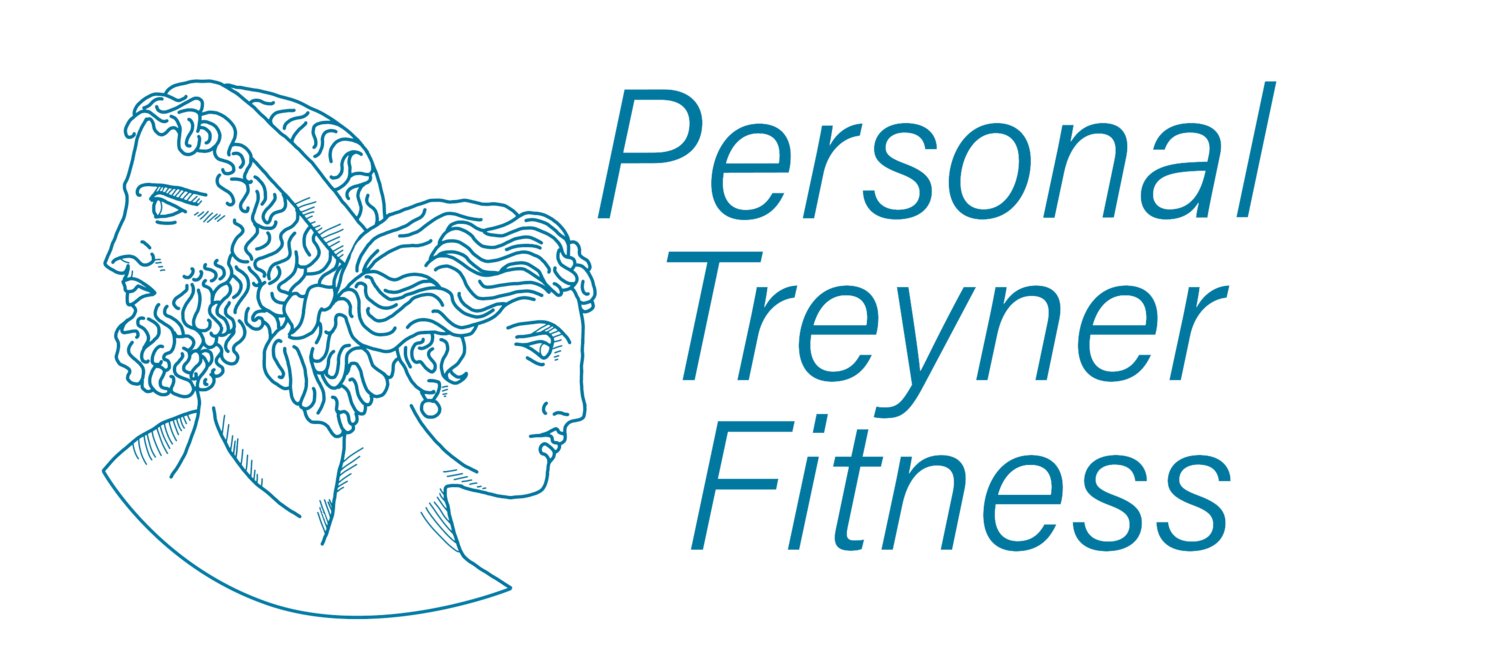Minimalist Shoes, Barefoot Running, and Proper Running Patterns
For a majority of my life, I never engaged in running or any cardiorespiratory activity. Like most modern humans, I would depend upon other forms of transportation to transport me from point A to point B. Unfortunately, my health started to suffer as a result of not giving the most important muscle in my body a thorough workout.
If your heart isn’t in tip-top shape, then everything else in your body suffers as a result. The heart is constantly pumping nutrient rich blood to every cell in your body, and it will continue to do this until your final breath. If you want to stay healthy, you MUST do some form of cardiovascular activity.
Humans have engaged in endurance running for millions of years. It was an activity that man depended upon for his survival, and there has been a growing amount of evidence that early humans did a type of hunting called “persistence hunting”.
In this type of hunting, man would continuously stalk his prey for hours until it collapsed from exhaustion. While humans have the ability to cool themselves down with sweat (and carry water), their quadrupedal prey would require panting to cool themselves. However, it is impossible for these animals to run and efficiently pant at the same time.
So I have presented that running is a natural part of humanity. Now, if there were no Nike factories pumping out cool kicks back in the day, then what did early humans use to safely travel on these long runs?
Before the modern running shoe was invented in the 1970s, most shoes were flat with no arch support, heel-raise, or cushioning. Ancient shoes resembled sandals/moccasin and usually consisted of a thin sole made of leather or fiber and held to the foot by rope.
The foot is naturally made to take impact and transfer the collision force into our muscles. However, this mechanism does not work efficiently unless you land on your forefoot or midfoot. There have been studies that show that even on hard surfaces, barefoot runners who strike with their forefoot/midfoot generate smaller collision forces than heel-foot strikers.
Notice in the heel-strike video, there is not a smooth transition of forces:
Notice in the forefoot/midfoot strike there is a smooth transition of forces:
If you run barefoot or with minimalist shoes, this action will happen naturally because landing on your heel is very painful. Yet, when you when you run with a cushioned sole shoe and do a heel strike, the cushioning helps to absorb a large amount of the impact.
Since the majority of western society utilizes these shoes, they habitually heel strike and learn to run this way. While your heel might not hurt from this running pattern, the collision shock is still being sent to your bones and connective tissue instead of your muscles. This can lead to knee problems, shin splints, and other injuries. Ultimately, your body is sending you signals that you are doing something horribly wrong.
The modern running shoe can be equated to a cast for your foot. Because of the added cushioning, it causes certain muscles in your foot not to fire. This leads to muscle weaknesses, imbalances, and ultimately a dysfunctional foot. Everything in your body is connected, and your foot is the first contact your body has with the ground. Any dysfunction down below is going to manifest some symptom up above. With our feet striking the ground thousands of time a day, you want to make sure the muscles are working properly in them. If you don’t use it, you will lose it!
There are many other pluses to using a minimalist shoe.
Allow you to utilize your big and little toe. This gives you added stability and agility.
Allow your foot to develop pads that are smooth and protective – Think Johnny Appleseed
Increase the flexibility and muscle strength in the toes, foot, and ankle.
Increased sensory input from your foot making you more agile and aware of your running surface
Zero heel-lift and ability to grip the floor making them ideal for weight lifting.
They are fun, extremely comfortable, and the added foot sensory input makes running less boring.
So if you want to start using your foot the way nature designed, you are going to have to ease into it. If you have never done a bicep curl, you aren’t going to jump right in with a 60lb weight. Your bicep just doesn’t have the neural drive nor strength to do this task. Likewise, your foot muscles will be very weak and will need to build up strength to barefoot run. SO START OFF SLOWLY. Think with logic, not your ego.
Some notes on form: (Stole this from this site – Great resource on barefoot running)
Land on your forefeet or midfeet (balls of your feet) instead of your heels. Too much on your forefeet can make your calves sore. If you feel yourself landing on your heels, shorten your stride.
Strides should be short — don’t extend your legs as far as you do with shoes. It should feel almost like you’re running in place.
Keep upright and balanced. Keep your feet under your hips and shoulders.
Stay light. You should feel like you’re light on your feet, not pounding at all. Barefoot runners tend to be a little more springy in their step.
Run quietly. If you are making a lot of noise with your steps (as shoe-wearing runners do), you’re pounding too hard. Try to run softly, quietly, like an animal.
Entertaining video where Harvard University’s Evolutionary Biologist Dan Lieberman presents his case:

